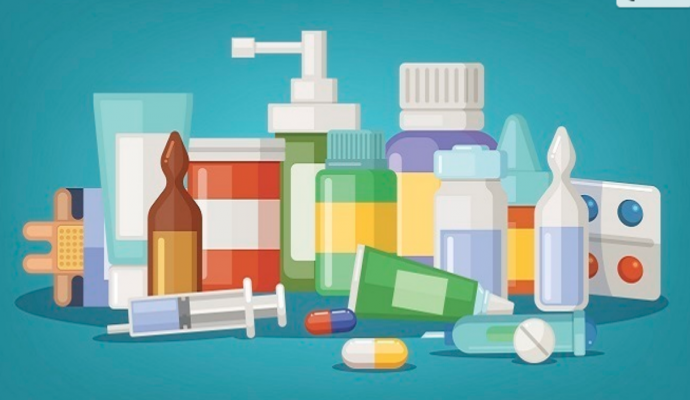Cost-Sharing for Privately Insured Increased for Brand Medicines
Commercial health plans are increasing using deductibles and coinsurance to shift the costs of brand medicines to patients, while new policies have made it harder for drug manufacturers to help.

Source: Thinkstock
- Patients with deductibles and coinsurance for brand medicines have significantly higher annual out-of-pocket costs than patients with fixed copays alone, according to a new analysis.
The analysis conducted by IQVIA for PhRMA found that patients with copays pay a fixed amount for each prescription, while those with coinsurance pay a percentage of the medicine’s total price.
PhRMA leveraged IQVIA’s US market access strategy and consulting team to analyze trends in out-of-pocket costs between 2015 and 2019 for commercially insured patients across multiple therapy areas.
These areas included anticoagulants, asthma and COPD, depression, diabetes, HIV, MS and oncology.
Both deductibles and coinsurance spending accounted for over two-thirds of patients’ total out-of-pocket spending for five of the seven areas examined, including anticoagulants, asthma, depression, diabetes, and human immunodeficiency virus.
For multiple sclerosis and oncology, deductibles and coinsurance accounted for more than 90 percent of spending.
But the use of deductibles and coinsurance in commercial health insurance has more than doubled over the past 10 years.
This means more patients have higher out-of-pocket costs and may not be able to benefit from negotiations since their co-payment is based on the list price rather than the negotiated cost.
For example, a study from the National Community Pharmacists Association focused on one patient who was prescribed an HIV medication with a list price of $3,000. Although the patient received a 20 percent rebate, her coinsurance was $612 because it reflected the list price.
The patient was then forced to pay $100 above what they would have paid if the coinsurance was based on the negotiated price.
On average, patient cost exposure increased between 2015 and 2019, which included a 32 percent increase for depression, a 50 percent increase for HIV, and a 56 percent increase for anticoagulants.
And last year alone, patient cost exposure for brand medications was over $125 for one in every six prescriptions for anticoagulants and medicines to treat HIV and depression.
Therefore, more commercially insured patients rely on cost-sharing assistance programs offered by pharmaceutical manufacturers to help them pay their out-of-pocket costs at the pharmacy counter, researchers said.
Across all seven therapy areas in the analysis, manufacturer cost-sharing assistance helped patients pay their out-of-pocket costs.
In 2019, the share of patients using cost-sharing assistance to fill one or more prescriptions ranged from 13 percent for asthma to 70 percent for MS.
Manufacturer cost-sharing helped patients taking HIV or oncology medicines with more than $1,600 toward their out-of-pocket costs in 2019, and helped patients taking multiple sclerosis medicines with more than $2,200.
Pharmaceutical manufacturers paid more than $175 billion in rebates, discounts, and other price concessions to health plans, and the government in 2019, which lowered the net price of brand medicines by an average of 45 percent.
“Although health plans and PBMs often negotiate large rebates that significantly reduce the prices of brand medicines, patients with deductibles and coinsurance typically do not benefit from these savings and must pay cost sharing based on the full undiscounted prices,” researchers noted.
“Not sharing rebate savings directly with patients effectively shifts more of the cost of care to patients, a particularly unfair and arguably discriminatory penalty for individuals with chronic conditions best managed with brand medicines.”
